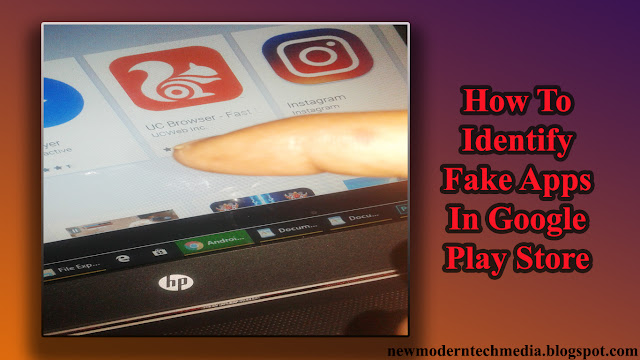Why Google makes Android phone notches now.!
Because, why notch?
Still resisting the notch fever sweeping phone designs these days? Give it up. Google has.
The Android P beta, a build meant for app developers that anyone is free to download and use, supports not one, but three different notch designs.
There's the central Cycloptic notch we find in phones like the iPhone X, Huawei P20, LG G7and Essential Phone, twin notches on the top and bottom, and, horrifyingly, a notch design for the right corner.
Relax, this doesn't necessarily mean every phone will have a notched look. It means that Google is preparing to help apps work seamlessly on phones that do come with those designs.
Google I/O conference. "It's just reality that notches are appearing on hardware and that apps don't break and that phone designers can make use of the space well."
As to why the hardware industry is adding notches to phones, well, that's easy. Phonemakers want to stretch the screen from edge to edge, so they can give you more screen to play with while keeping handset size in check. "That's the holy grail," Burke said.
Chasing the edge-to-edge screen dream is hardly a fool's errand, but phonemakers do run smack into the problem of where to put electronics. That selfie camera has to go somewhere on the front, and if it isn't on the phone face, you're looking at mechanical parts like this bizarre and problematic (but fun!) concept camera that mechanically pops up like a slice of toast.
But Google's Android team doesn't think notches are going to upset people for too long. Burke says over a thousand Google employees tested early Android P software internally on their Pixel and Pixel 2 phones. Over time, Googlers reported that they grew so used to the cutout, they stopped noticing it even existed.
"Our brains are pretty plastic and get used to notches," Burke said. "They don't even see them after a while."
Note: If you are interested in the Android P beta software, you'll need the right phone. Be aware too that it's unfinished software, so I wouldn't do this on your primary device.
Still resisting the notch fever sweeping phone designs these days? Give it up. Google has.
The Android P beta, a build meant for app developers that anyone is free to download and use, supports not one, but three different notch designs.
There's the central Cycloptic notch we find in phones like the iPhone X, Huawei P20, LG G7and Essential Phone, twin notches on the top and bottom, and, horrifyingly, a notch design for the right corner.
Relax, this doesn't necessarily mean every phone will have a notched look. It means that Google is preparing to help apps work seamlessly on phones that do come with those designs.
Google I/O conference. "It's just reality that notches are appearing on hardware and that apps don't break and that phone designers can make use of the space well."
As to why the hardware industry is adding notches to phones, well, that's easy. Phonemakers want to stretch the screen from edge to edge, so they can give you more screen to play with while keeping handset size in check. "That's the holy grail," Burke said.
Chasing the edge-to-edge screen dream is hardly a fool's errand, but phonemakers do run smack into the problem of where to put electronics. That selfie camera has to go somewhere on the front, and if it isn't on the phone face, you're looking at mechanical parts like this bizarre and problematic (but fun!) concept camera that mechanically pops up like a slice of toast.
But Google's Android team doesn't think notches are going to upset people for too long. Burke says over a thousand Google employees tested early Android P software internally on their Pixel and Pixel 2 phones. Over time, Googlers reported that they grew so used to the cutout, they stopped noticing it even existed.
"Our brains are pretty plastic and get used to notches," Burke said. "They don't even see them after a while."
Note: If you are interested in the Android P beta software, you'll need the right phone. Be aware too that it's unfinished software, so I wouldn't do this on your primary device.




